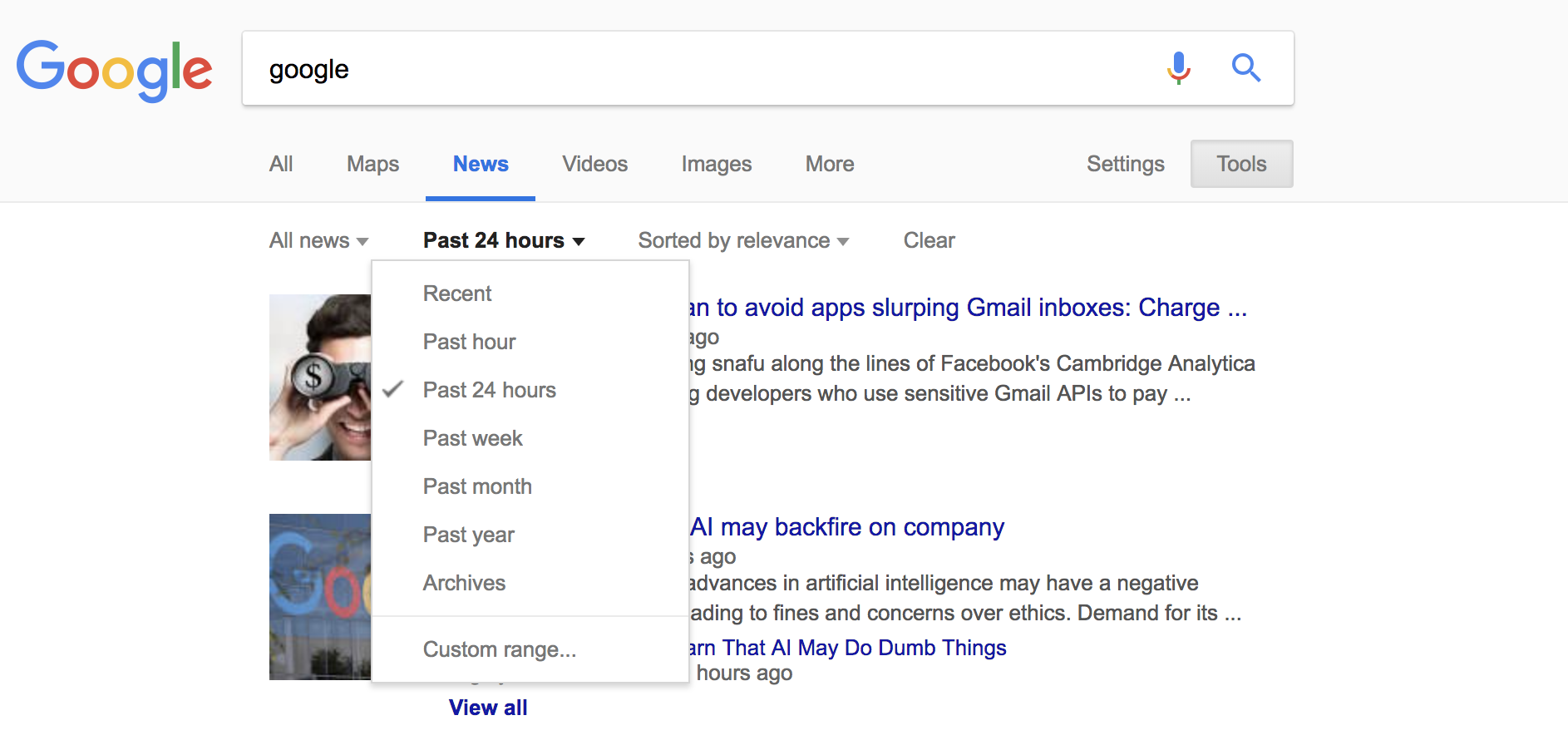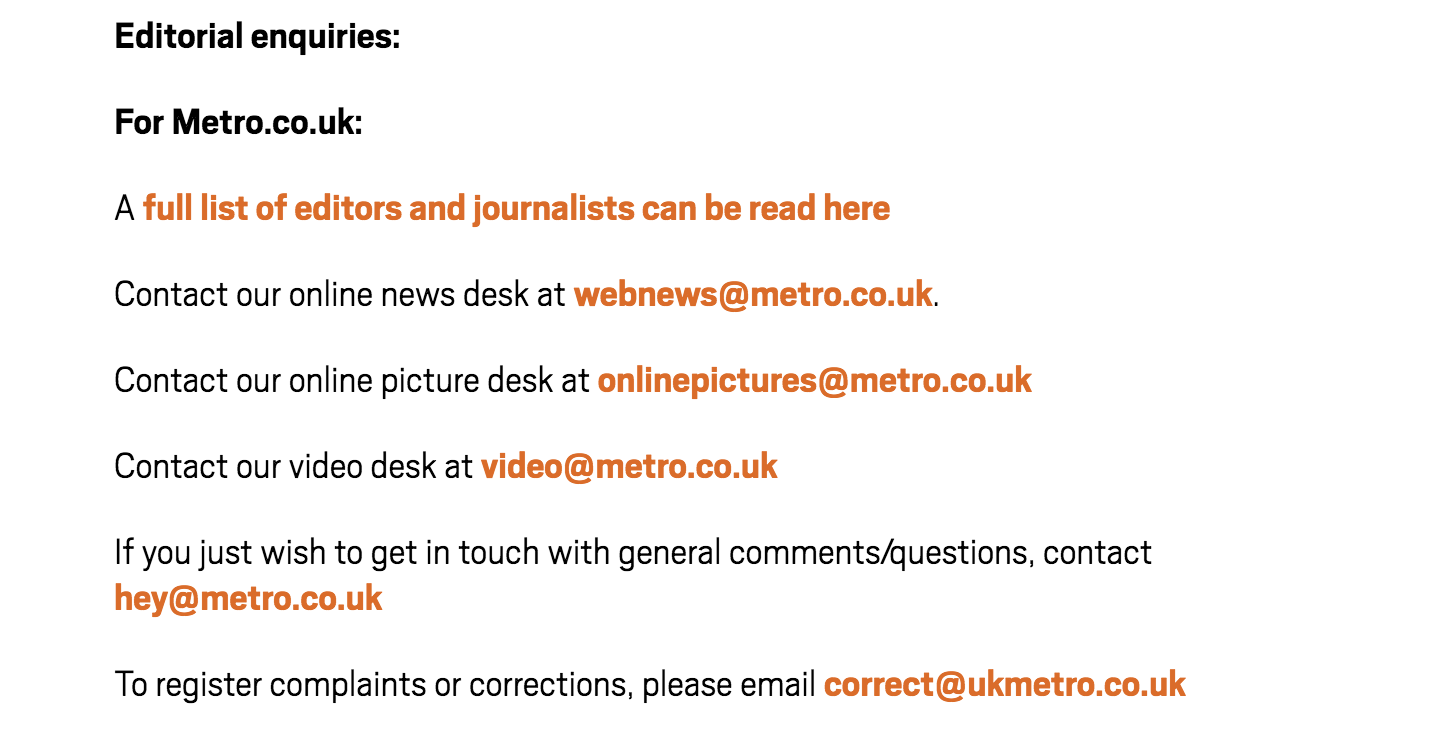Your latest content campaign has been covered by a top-tier global publication… but there’s no link! Your brand (or your client) has been mentioned, but that’s all.
At this stage, do you simply accept the brand value of a mention and move on to target your next link prospect? Or is there a process you can follow to at least try to get a link added in?
Sadly, unlinked brand mentions are one of the biggest challenges when building links through content marketing and digital PR. It’s more common than many link builders would like to admit.
But, seeing a link added in to an article after it’s been published can be easier to achieve than many assume.
You just need to know when it’s right to ask for a link, who you need to reach out to and what you should say. We’ll cover all these things below.
Content-led link building is hard — don’t let anyone tell you otherwise.
It often takes blood, sweat and tears to launch a campaign which earns significant numbers of links. And it’s for that reason that link reclamation should be a tactic which is executed as standard. After all, if you’ve put the effort in to land coverage in the first place, it makes sense to follow additional steps to secure a link if that’s what it takes.
How many people use link reclamation?
To demonstrate a point: I recently reached out to my Twitter and LinkedIn networks. I asked a simple question: ‘Do you use link reclamation alongside your content marketing campaigns?’
The responses surprised me…
Always: 29%
Sometimes: 47%
Never: 24%
Of those who took the time to respond, only three in ten are executing link reclamation as standard on every campaign.
Perhaps more surprising is that one in four aren’t using it at all.
Given some of the comments left alongside the poll, this is something which many turn to if they have time — rather than working it into a wider link building process.
Think of the links which could have been earned but which were simply let lie as brand mentions.
What is link reclamation?
Link reclamation is a simple but efficient tactic to turn brand mentions into links; usually those earned as part of a content marketing or digital PR campaign.
As SEOs, we understand the value of authoritative, editorial links and the impact which they can have upon our campaigns — just as much as we understand how hard it is to even earn coverage from top-tier publications in the first place.
That’s why it can be frustrating when we discover a brand mention which doesn’t link.
What’s really important to remember, however, is that, in many instances, journalists aren’t purposefully avoiding linking to you or your client. For one reason or another (whether that’s trying to speed up the publishing process, a question as to whether a link is really needed to tell the story or others…) articles sometimes go published without a link.
As an industry we need to accept that there’s little we can do to change a journalist’s own processes and publication criteria. What we can do is take action and follow a series of tried and tested steps to try to land that link.
After all, the hard work of getting the coverage in the first place is already done. Turning a brand mention into a link is surely easy in comparison, right?
I’d like to say yes. And in many cases it is. However, I’ve also seen some horrendous examples of link reclamation gone wrong, usually because of a lack of understanding as to whether a link is actually deserved or not.
How do you find unlinked brand mentions?
One way to find unlinked brand mentions is to use ahref’s content explorer and follow their tutorial here. Combining a CSV export with Screaming Frog to compile a list of web pages which mention your brand but which don’t link.
If you’re actively promoting a content marketing or digital PR campaign, however, you’ll undoubtedly already be looking for the latest coverage.
One of the easiest ways to find this is through Google News. Filter by ‘Past 24 hours’ to see coverage picked up in the past day, or set to ‘Past week’ if you’re looking to find additional articles and features.

This will often throw up a number of unlinked brand mentions which you then can use link reclamation tactics for to try and turn them into a link.
Don’t forget to set up Google Alerts both across your brand name and campaign headlines as well to easily be alerted to further unlinked mention opportunities to explore.
When should you ask for a brand mention to be linked?
It’s not always right to ask for an unlinked brand mentioned to be turned into a link.
Despite what many may say, a journalist doesn’t owe you a link. Not even if they cover your campaign.
A link’s purpose is to take a user from A to B and, in order for that to make sense to be in place, it typically needs to add value of some sorts.
To put this into a working context, let’s look at a few different scenarios here.
- Your brand (or client) has been mentioned in an article in reference to a study which you conducted and which the article directly mentions. There’s no link but many of the statistics and findings have been revealed.
- A journalist has featured an infographic which you produced (and embedded it) but hasn’t linked. They have credited your brand.
- Your brand has been referenced alongside a quote which you supplied to a journalist to add further weight to their story around a subject.
- Your brand has been mentioned out of context. In this case, let’s base it around a Tweet which circulated last year; one of your physical stores has been mentioned in an online newspaper, only in reference to a robbery taking place over the road from it.
In which instance would you say you’re well-deserved of the link?
Scenario one.
When there’s a clear opportunity to add value with what’s on the other end of the link, there’s no debating that a link should be in place and it’s easy to justify why. The good news is that, in many cases, the link will already be in place when there’s clear value to the user and is an important part of the wider article.
Scenarios two and three are the ones where most link reclamation activity happens. Those where a link references the original campaign or the brand who has supplied a quote. In most cases, the link isn’t already in place here because it isn’t vital to the story. However, the link is in context and can be requested as a way to cite a source.
Scenario four is where link reclamation should be avoided. The link is of no value to readers and doesn’t make contextual sense.
Always be mindful as to whether it makes sense for a link to be added in to an article. Ask yourself; “would a link add value to a reader?” Otherwise, you’re wasting your time trying to reclaim an out-of-context mention.
You need to be able to clearly outline where a link should point to.
Note: requesting homepage, category or service page links is often not as successful as those to content pages as it can be seen as overly commercial.
You also need to be able to justify why it makes sense to be in place to maximize your success rate at link reclamation.
Who should you approach with your request?
You need to make sure you’re making your request to the right person to increase your chances of seeing a brand mentioned turned into a link.
Your options of who to approach are usually:
- The journalist who wrote and published the article
- Their editor
- The publication’s corrections desk
You see, most go straight back to the journalist who they pitched the original story to, however this isn’t always as successful as it could be.
Why?
Journalists are busy people.
Once they’ve hit publish there’s a good chance they’ve moved onto writing their next article and have more or less forgotten about what they last put together. And we simply have to accept that. They have new priorities and they’re not about to go and drop everything to add your link back in.
Of course, that’s not to say that reaching back out to a journalist doesn’t work, simply that they’re not always the best option.
You could reach out to the editor of the section. However, again, they’re busy individuals and adding your link in likely doesn’t come as a high priority.
A corrections desk’s role is to make amends to articles which have already been published.
This makes them, at least for me, the first people to reach out to.
You’ll find corrections contacts listed for most publications. If we take a look at Metro’s ‘Contact Us’ page (found in their footer), we see:

The address clearly states that the purpose is for complaints or corrections. sSending your link reclamation request here often ensures both quick action and an increased chance of success.
Say you send to the corrections desk and either get no reply after three days or you don’t see the link added in. (Note that you often won’t be notified that a link has been added to the article after you request it through the corrections desk — so be sure to keep checking yourself.) In this case, you might go back and reach out to either the journalist or the editor (or both; essentially giving you three chances at getting that link).
What should you say to maximize your chances of getting the link?
I’ve spent hours in the past reworking emails, but am confident that the approach which I now take works well, at least across my own clients and campaigns.
I’ve learned that a successful link reclamation email includes the following:
- A polite THANK YOU for covering your campaign, brand or client (manners really do go a long way)
- A clear reference to the title of the article which contains the brand mention
- A link to the article which contains the mention
- The link which you want added in to the article
- A simple justification as to why the link adds value to readers
And, in practice, here’s what that looks like for me:

It’s simple, straight to the point and polite; however what it does perfectly is justify why a link would add value to the article and should be added in.
In this particular example, the link was added into an article on USA Today within 2 hours of sending the email.
Earning extra links for your brand
Link reclamation is something, as far as I’m concerned, should be done alongside all content marketing and digital PR campaigns to help you maximize the number of quality links earned.
Once you understand what works (and what doesn’t) in terms of who to approach and what to say, you’ll find that it’s something you can spend half an hour on each day and see results from.
At the end of the day, links still work in SEO. And there’s every argument to be made to put in that extra bit of effort to earn more from your (already put in) hard work.
The post Link reclamation: A practical guide for turning unlinked brand mentions into links appeared first on Search Engine Watch.
from SEO – Search Engine Watch http://bit.ly/2S8De8h
via IFTTT

No comments:
Post a Comment